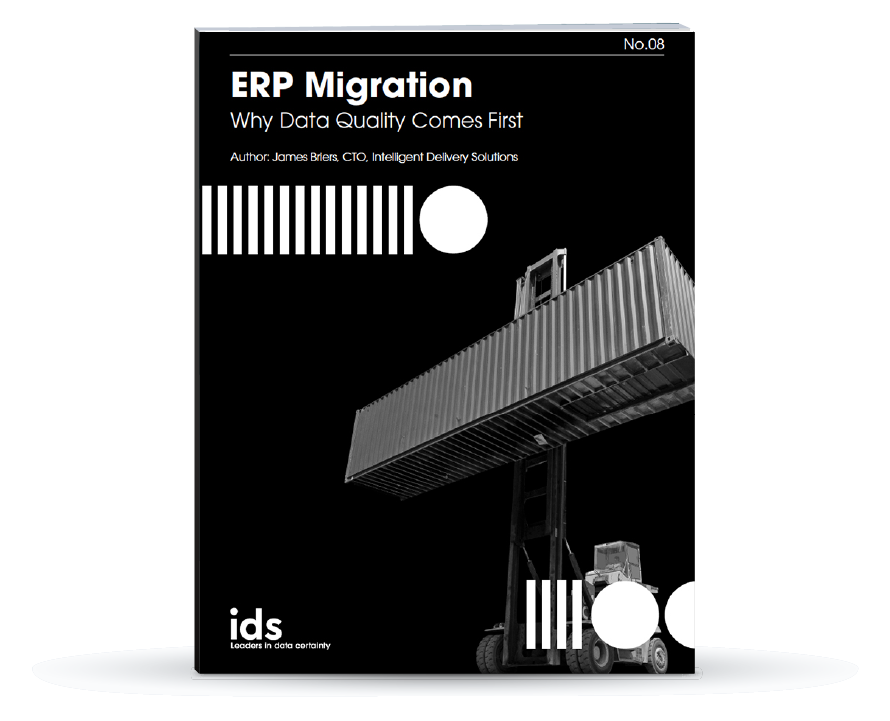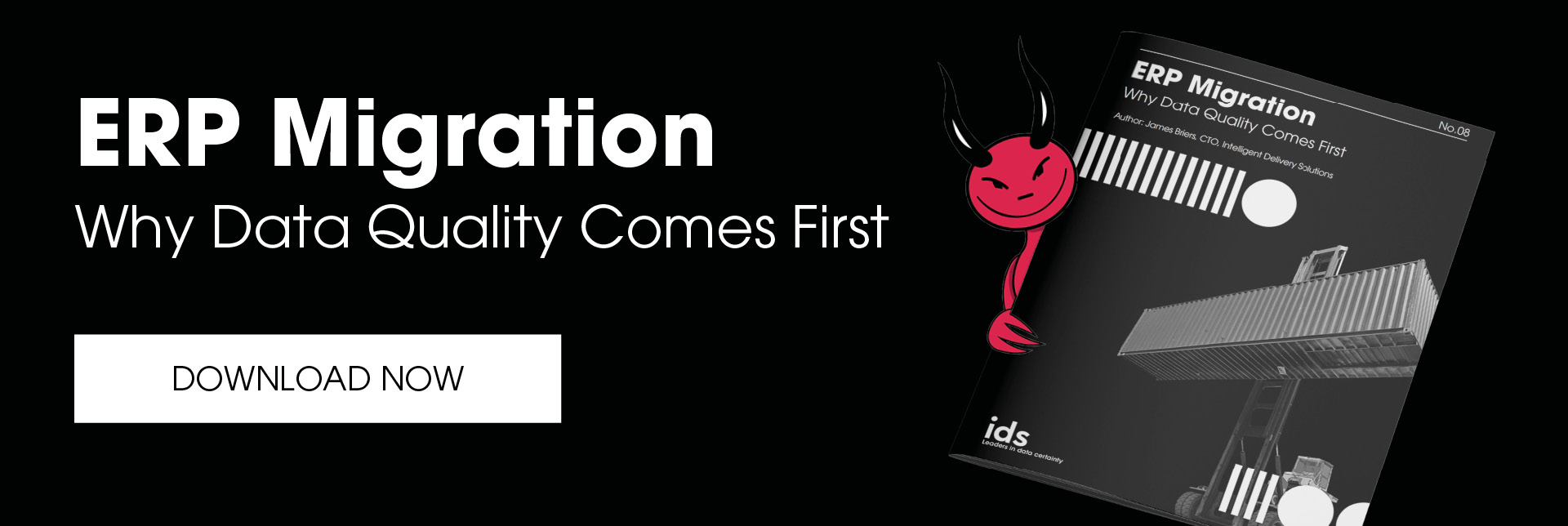Best Practices for Mastering your ERP Data
.jpg)
Six Best Practices for Mastering Your ERP Data
What's in the Database: The Power of ERP Data
ERP systems can play a significant part in ensuring that any enterprise is run efficiently and productively. They impact every business function from HR to production, but crucially, they provide the lifeblood of any business; good quality data.
However, unless effective strategies are put in place to collect, manage & process data, the company might be at risk from poor decision-making based on outdated, inaccurate or incomplete data sets.
Implementing a successful master data management strategy (MDM) can be a challenging process for any organization. Companies face dealing with a range of common issues before being able to put an MDM plan in place. One of them is changing how people work together, and it's worth re-evaluating to stay ahead of the competition.
Data quality is at the heart of this issue. Data is often integrated from a variety of internal departments and external third-party sources. This can result in duplications, inconsistent formatting and storage issues making it difficult to create common standards.
The Six ERP MDM Best Practices
Here are six recommended practices that can help enterprises in considering the development and implementation of an MDM strategy:
#1 Management Buy-in
To be successful, an MDM strategy needs full buy-in from the senior management team. Not only in strategy development, but also in ongoing data governance around ownership and business-wide policy implementation.
The keyword here is ongoing MDM is not a set of “fit and forget” rules and policies. New data is continuously being generated or added from external sources and legacy data begins to degrade virtually as soon as it’s recorded. Unless MDM becomes second nature to everyone in the organization, businesses can quickly revert to operating with unreliable data and this inevitably impacts on long-term success.
#2 Education and Training
It's important for companies to trust the data they rely on because it is essential for organizations in terms of quality and security.
But this can be a difficult process for any organization due to the complexity of MDM. That’s why it’s vital that employees across the organization understand the importance of the strategy. Training and retraining on all aspects of formatting, entering, and accessing data will ensure consistency, minimize errors and help the organization maintain the highest level of data quality at all times.
#3 Staged Implementation
The implementation of ERP systems can be a daunting task for any business. There are many factors to consider, and many ways that the implementation can go wrong. One way to mitigate the risk of an unsuccessful ERP migration or implementation is the process of staged implementation.
This approach focuses on specific data issues, gradually shifting your data into the new system, while still allowing your old system to operate in parallel.
Staged implementation is a process that includes four stages:
→ Identify which data will be moved in the first stage
→ Map out how each piece of data will be moved
→ Implement this stage of the process
→ Evaluate how well this stage went and make any necessary adjustments for future stages.
By dealing with known pain points, it will not only provide the opportunity to test and refine procedures but the success will also help to validate the system for any skeptical staff members prior to a full roll-out.
#4 Agree and Monitor KPIs and ROI Objectives
Different business units have different objectives and performance targets, but all operate under the same pressure to deliver on a common ROI. Before any MDM strategy is rolled out, it is important to agree the ROI criteria and to build in a formal monitoring schedule after each phase of the roll-out.
Again, as well as being good management practice, this will also help to keep everyone engaged and committed to the process.
#5 Synchronized Updates
Any MDM strategy should include regular, synchronized updates to provide the certainty that the company’s central data is 100% accurate, 100% of the time.
This will help maintain proper data quality and trust with your customers, employees and stakeholders.
#6 Routine Data Hygiene
Common errors and inconsistencies such as misspelling names or differing date formats can easily occur, particularly when integrating data for multiple sources. Human error can also be a significant problem in a busy office environment, even in the best managed systems, using tools like iData. Depending on what software is being used, such errors can usually be rectified as they occur but it is good practice to audit datasets through regular data hygiene activities and have a plan on how to deal with old and outdated datasets in the future.
Conducting efficient data cleansing processes to check and resolve obvious anomalies that may have been missed at the input stage, will ensure 100% data certainty.
For more information and help in developing and implementing a successful MDM strategy for your organization, please contact us for a free consultation.

ERP Migration: Why Data Quality Comes First
In any complex ERP transformation, the devil is in the detail. Read more about the engine room solution to save up to 50% on time and cost of ERP migrations.



.jpg?width=1200&name=IDS_Website-Image23_(1200x628).jpg)
